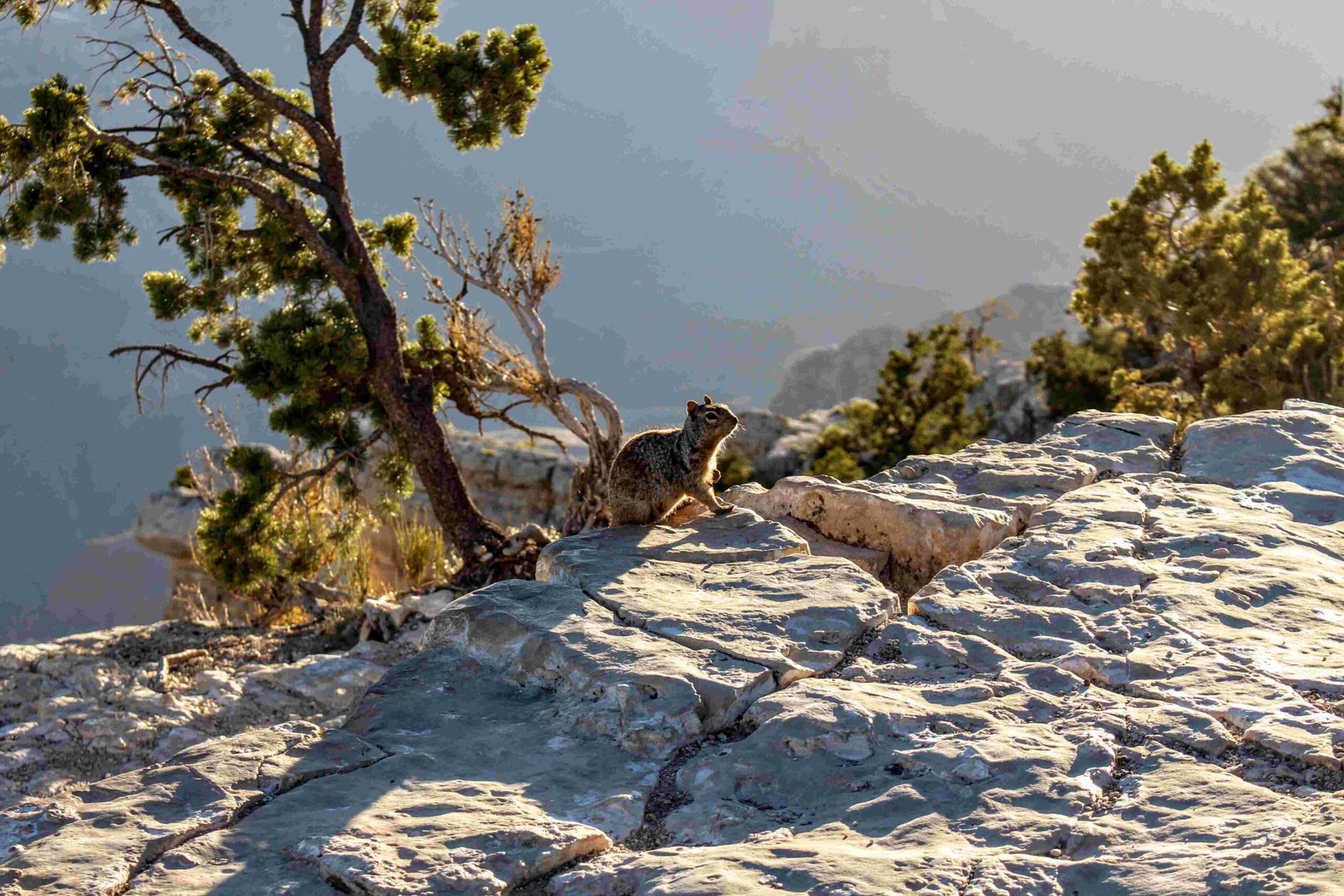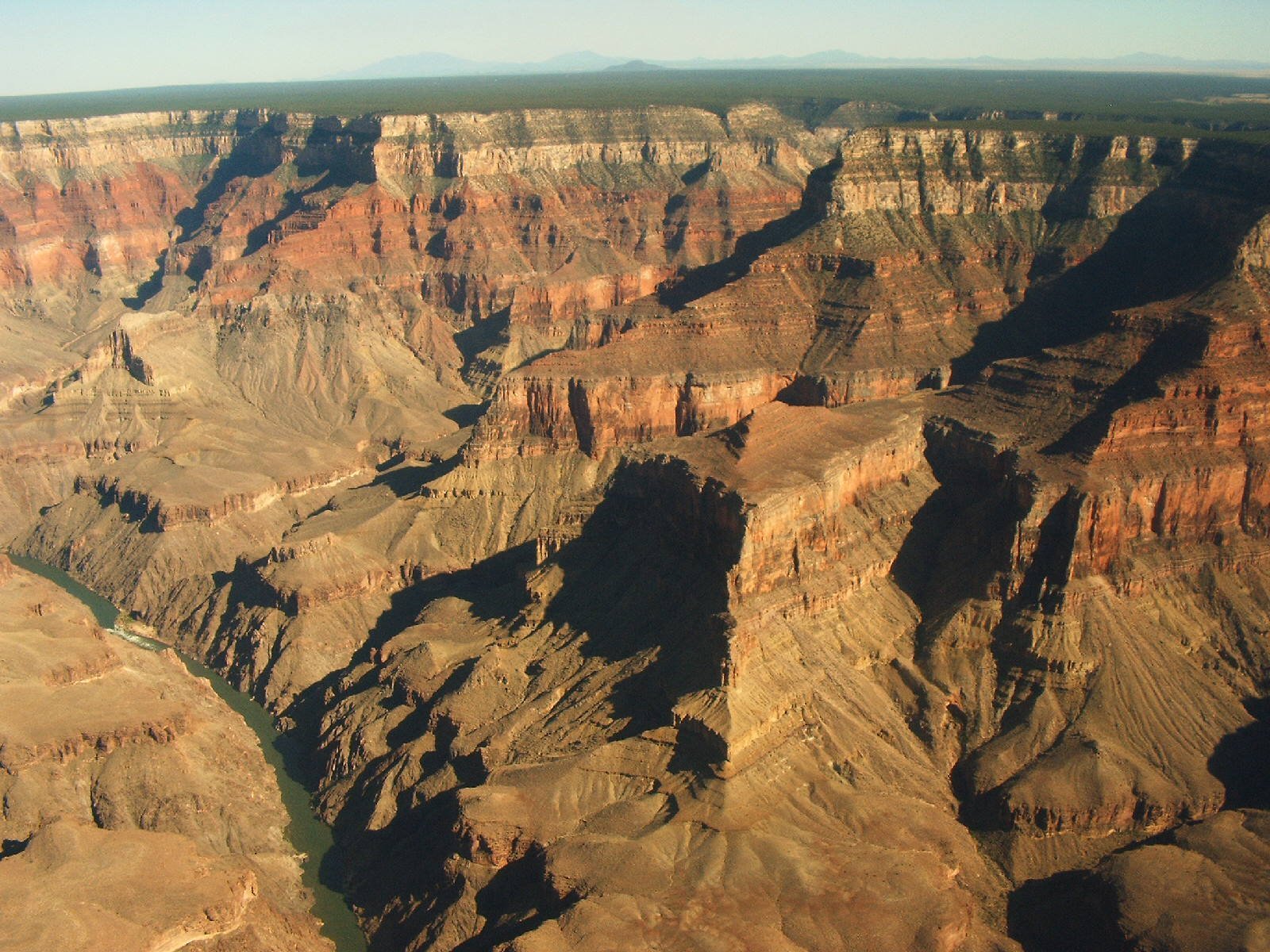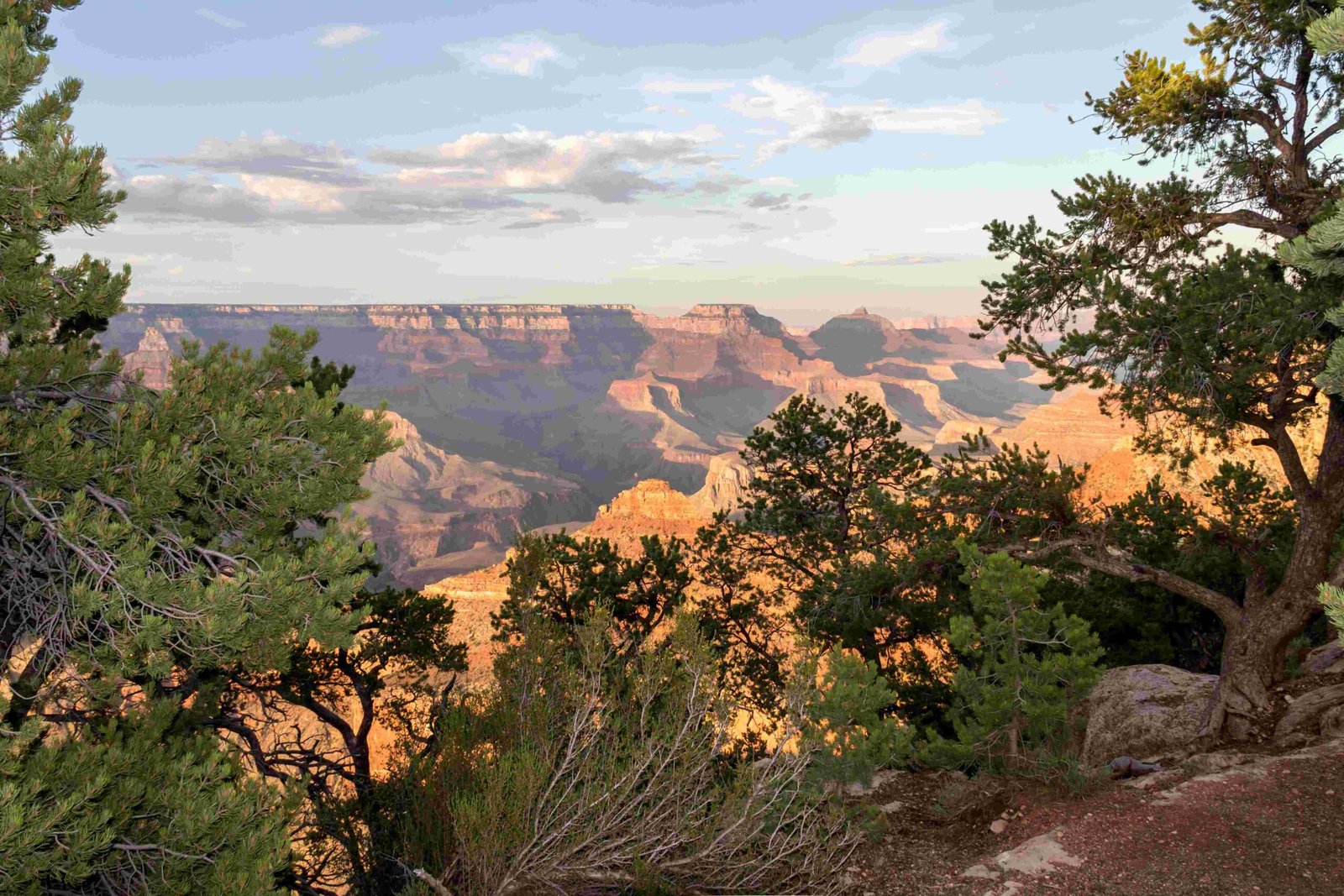The Grand Canyon’s territorial relationship with the Navajo Reservation is complex and nuanced. While not entirely contained within Navajo lands, significant portions of the eastern rim and surrounding areas are part of the Navajo Nation’s expansive territory. This geographical intersection creates a unique landscape where natural wonder meets indigenous cultural heritage, offering visitors a multifaceted understanding of the region’s geographical and cultural dynamics.
What Parts of the Grand Canyon Belong to the Navajo Nation?

Geographic Boundaries of the Grand Canyon and Navajo Territory
The Navajo Nation spans approximately 130,000 square miles across four states, with specific sections of the Grand Canyon falling within its boundaries. Key areas include:
- Eastern Rim: Includes Little Colorado River Gorge
- Marble Canyon: Located within Navajo Nation territory
- Specific Coordinates:
- Little Colorado River Gorge: 36.3213° N, 111.4444° W
- Marble Canyon: 36.8167° N, 111.6333° W
How Much of the Grand Canyon Is on Navajo Land?
| Area | Percentage on Navajo Land | Management |
|---|---|---|
| Eastern Rim | Approximately 25-30% | Navajo Parks and Recreation Department |
| Marble Canyon | Roughly 15-20% | Tribal Management |
| Total Grand Canyon Area | Approximately 40-50% | Mixed Federal and Tribal Oversight |
Why Does Navajo Cultural Connection Matter?
The Grand Canyon represents more than a geographical landmark for the Navajo people. It embodies:
- Ancestral Homeland: Known as Diné Bikéyah
- Spiritual Significance: Bounded by four sacred mountains
- Historical Continuity: Representing centuries of indigenous presence
What Visitor Experiences Exist on Navajo-Managed Lands?
Visitors can explore Navajo-managed Grand Canyon areas through:
- Guided cultural tours
- Traditional storytelling experiences
- Sacred site visits
- Photography opportunities
- Interpretive cultural programs
Access and Regulations for Navajo Grand Canyon Territories
Accessing Navajo-managed Grand Canyon areas requires:
- Obtaining proper permits
- Respecting cultural protocols
- Potentially hiring local Navajo guides
- Understanding photography and filming restrictions
Historical Context of Navajo Grand Canyon Territories
The Navajo’s relationship with the Grand Canyon predates modern political boundaries. Despite forced removals in the 19th century, their cultural connection remains profound and enduring.
Practical Visitor Information
- Recommended Preparation:
- Contact Navajo Parks and Recreation Department
- Research specific tour options
- Understand cultural sensitivities
- Best Visiting Seasons: Spring and Fall
- Required Documentation: Tribal land access permits
Conclusion

The Grand Canyon’s relationship with the Navajo Nation is a testament to complex territorial and cultural interactions. While not entirely within Navajo lands, significant portions represent a rich tapestry of natural beauty and indigenous heritage.

